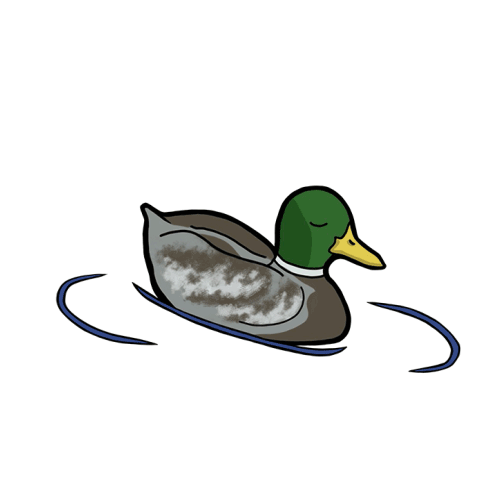ASWU creates endowment task force for student input on management process
- Amelia Hare, Staff Writer
- Feb 7
- 3 min read
Updated: Feb 8

The Associated Students of Willamette University (ASWU) has initiated a “task force” of students, senators and faculty members to decide how ASWU’s $385,000 endowment should be managed going forward. The task force is made of faculty advisors, students and ASWU senators.
The ASWU endowment, which is separate from the university’s $370 million endowment, was created in 2001 as a way to support student endeavors. It started with a surplus of $33,000 Willamette had left over from the 2000-2001 fiscal year. According to the ASWU bylaws, 2.5% of student fees are put towards the endowment.
Currently, the ASWU senate has control over where they believe the endowment money should be allocated. The purpose of this new task force is to help ensure that the endowment is utilized properly for students and as a way to create dialogue between students and the university about how the money is used to benefit the Willamette community. “It is for the students, so it needs to go back to the students,” said ASWU senator and task force member Evyn Baker (’26).
ASWU President Anastasiia Lemesh (’26) explained the importance of this task force, claiming that it was “to learn how the endowment works.” Zander Huston (’25), a former task-force student member, claimed that “we kind of have a lot of money in the endowment, and we don’t use a lot of it.”
According to Scott Schaefer, the university controller and an advisor to the task force, both the university and ASWU endowments are invested in around 680 funds to help the endowment grow. While most of that money is reserved, it has sometimes been utilized for students, such as in 2023 when ASWU voted to give $42,000 to the Bistro. This money could be utilized for future student projects around campus.
Creating this task force, Lemesh thought that Schaefer would be helpful to have on their team. “I am here more as a resource,” said Schaefer. “I do all the accounting for the university.” ASWU is also being advised by Laura Taylor, the associate provost for academic finance.
Beyond the advisors, the committee is made up of students such as the ASWU executive team, ASWU senate representatives and non-ASWU affiliated student representatives. Through this variety, Lemesh hopes to “[give] a voice to different groups and perspectives.”
Some student members of the task force mentioned their participation stems from interest in the investments that the university makes, both with the ASWU endowment and the larger endowment belonging to the university. This interest has been felt more broadly since the student occupation last spring that focused on the Willamette endowment’s involvement in the arms industry and potential impact on the current humanitarian crisis resulting from the Israel-Hamas war. Student involvement in the endowment has roots in activism on campus to divest from Apartheid in the 1980s. Huston emphasized the importance of being “ethical stewards of the money.”
Others on the task force are hoping to take a closer look at the money and how it can be utilized more effectively to serve student needs.
The next steps for this task force are to further investigate how to approach the issue of student fees and create smooth communication between faculty, senators and students.
While current meetings of the task force are not open to the public, Baker spoke about the possibility of the task force evolving: “The goal of the task force is to determine if we need to make a committee,” Baker explained. A committee would become a long-term team focused on the endowment, with more student representation present. Having the ASWU endowment as an autonomous committee would give Lemesh and others the opportunity to further explore where it could best be used for students.

Comentários